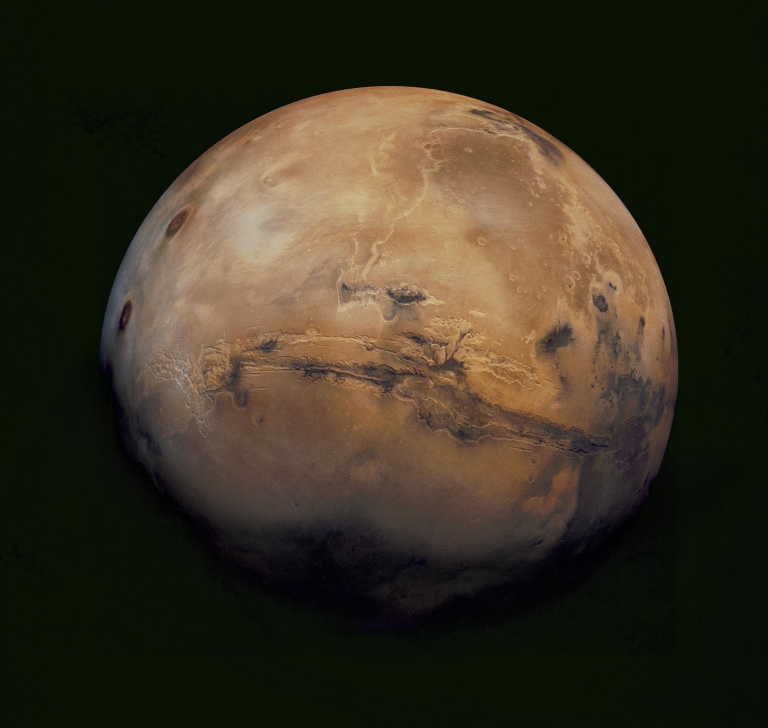BLOOMINGTON, Ind. – Jupiter and Saturn will dominate the night sky during May, getting brighter and larger as they get close to opposition.

Jupiter will rise in the east more than three hours after sunset at the start of the month but just 40 minutes after sunset by month’s end. The huge planet will be opposite the sun in our sky in June.
The best time to view Jupiter with a telescope is when it is highest in the south, and that will happen earlier each night, changing from 4 a.m. to 2 a.m. as the month passes. Jupiter usually displays more detail through a telescope than any other planet.
Saturn will be nearly 30 degrees east of Jupiter, crossing the sky about two hours behind the larger planet. Bright yellow Saturn will far outshine any of the stars in its host constellation, Sagittarius. Saturn’s rings will be tilted 24 degrees to our line of sight during May. Its largest moon, Titan, will be visible in any telescope. Look for Titan south of Saturn on May 4 and 20 and north of the planet on May 12 and 28.
Mars will appear in the west after sunset as May begins, looking like an extra star in the constellation Taurus. The Red Planet will set more than three hours after the sun at the start of the month and almost an hour earlier by month’s end.
Venus will be brilliant in morning twilight during May, rising an hour before the sun, but it will be particularly low in the east for observers at mid-northern latitudes.
Mercury will be close to the horizon and difficult to see during May. It will pass behind the sun on May 21.
Meteor shower
This month Earth will encounter a stream of dust left behind in space by Comet Halley, causing the Eta Aquarid meteor shower that will peak before dawn on May 6. The shower will be active for a few days before and after the peak as well.
The meteors will appear to come from a point called the radiant in the constellation Aquarius, which will rise in the east about two hours before the start of morning twilight. The higher this point is above the horizon, the more meteors will be visible. Moonlight will not interfere with the display of meteors.
Observers in the Northern Hemisphere may see up to 10 meteors per hour under good viewing conditions, because Aquarius will be close to the eastern horizon. Those watching in the Southern Hemisphere will see Aquarius much higher in the sky, and there may be twice as many meteors per hour at the peak.
Moon phases
The moon will be new on May 4, at first quarter on May 11, full on May 18 and at third quarter on May 26.

